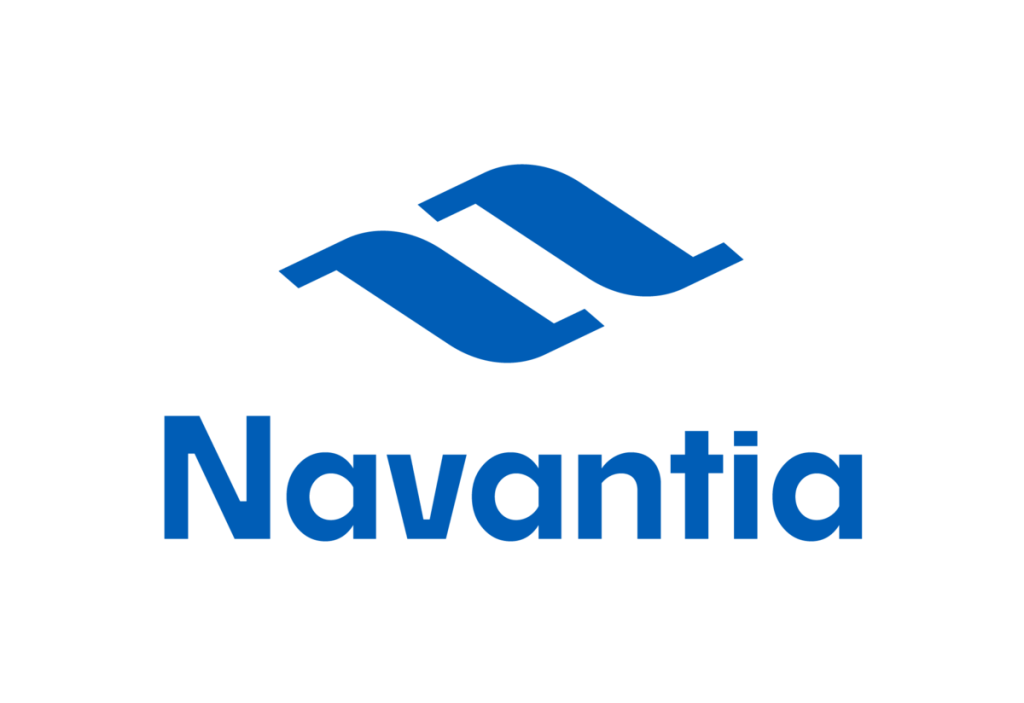On 19 January, a ceremony was held at Navantia’s Cartagena shipyard to mark the start of work on the S-84 submarine. Although work had already commenced during the last quarter of 2009, the aim of this act, consisting of plate cutting for the pressure resistant hull using a waterjet cutting system, was to symbolise the first milestone reached in this submarine’s life.
The Spanish Navy representation was led by the Admiral Director of Naval Constructions, Rear Admiral Manuel Sanjurjo Jul, and by the Cartagena Arsenal Chief, Rear Admiral Jorge Rosety Fernández de Castro. On behalf of Navantia the ceremony was led by shipyard manager Manuel Filgueira Ameneiros.
The ceremony commenced with a few words from the shipyard manager followed by a short speech from Rear Admiral Sanjurjo, after which the cutter was started up. The representatives then went on a tour of the different workshops where the S-80 class submarines are being built, following the building process from the manufacture of the rings through to the covered slipways where the hull sections are assembled. Sections have already been assembled for the S-81 and S-82.
The visitors showed special interest in the thick plate welding workshop where high precision machinery is being installed to make and join the fore and aft domes for new submarines. A new press has been acquired and will be installed in the near future for shaping the domes. In parallel, workers are being trained to specialise in welding very thick parts, which will help avoid dependence on foreign companies for the production of these parts.
S-80 class submarines
Navantia is hoping that the S-80 class submarines will reap the same success achieved in the design and building of ships for the Spanish and other foreign navies: Álvaro de Bazán class frigates (Spain and Australia), Fridtjof Nansen class frigates (Norway) and the LHD Juan Carlos I strategic deployment ship (Spain and Australia).
The plan of Navantia is to turn the Cartagena shipyard into a world reference point in the design and construction of air independent propulsion submarines. It is Navantia’s firm belief that the air independent propulsion system developed for these boats using reformed bioethanol and fuel cells offers significant advantages in comparison with the systems developed by other shipbuilders, such as Stirling engines, Mesma or metallic hydrogen technology.
Production at Navantia’s shipyard aims to specialise in boats of this kind, with hull requirements and internal installations that differ markedly from surface ships. The shipyard has covered slipways and closed workshops that are equipped to carry out the entire shipbuilding process indoors. In addition, enormous efforts have been made in modernising the facilities and in creating highly specialised workshops.
The current programme status
Navantia is sticking to the main overall programme deadlines, delivering the submarines to the Spanish Navy in accordance with the following schedule:
- S-81 in the first quarter of 2013
- S-82 in the fourth quarter of 2014
- S-83 at the end of the second quarter of 2015
- S-84 at the end of the first quarter of 2016
The four submarines of this class ordered by the Spanish Navy are currently being built. The system of integrated modular construction is used in building these submarines, with a difference with respect to the building of surface ships of the pressure resistant hull being the first to be built prior to subsequent installation in the interior sections of the prefabricated blocks with the fitting out and engines.
A prototype of a bioethanol reformer has been subjected to trials with positive results. Installation of the section of the S-81 that holds the anaerobic propulsion system with all its equipment is to commence soon. All of the sea trials necessary to guarantee its correct operation will be carried out before it is installed within the submarine hull, which is expected to commence at the end of 2011.
Navantia is also interested in offering this class of submarine in tenders that are expected to be called by various navies. The shipyard has already received visits from naval delegations interested in the boats’ characteristics and in the development of the programme.

